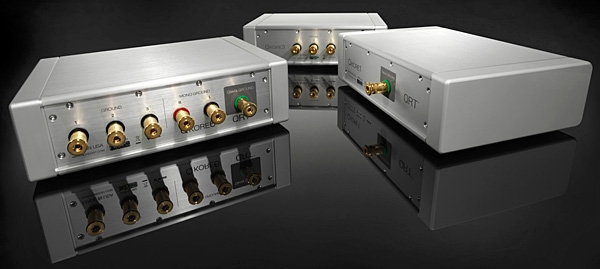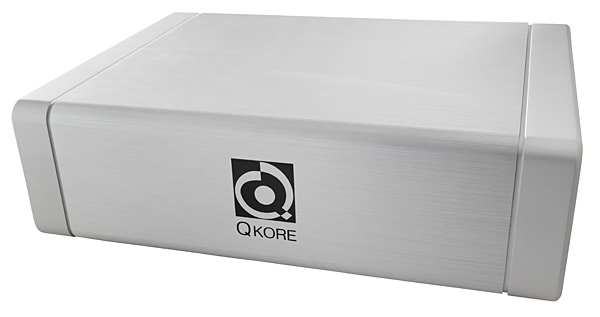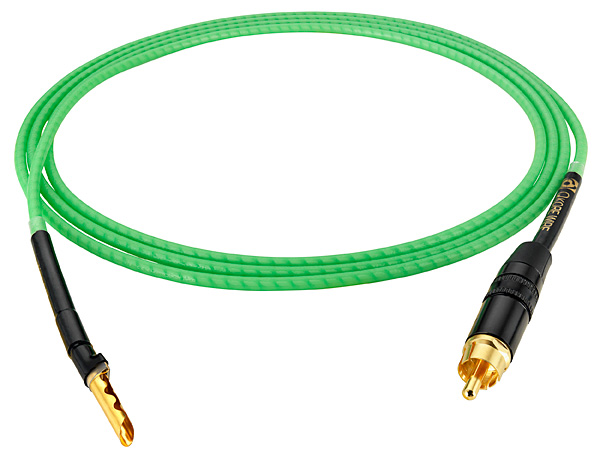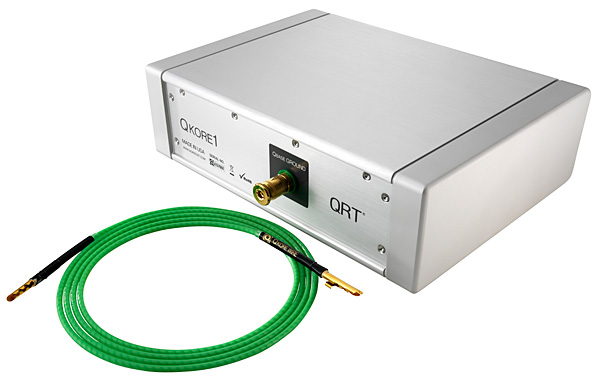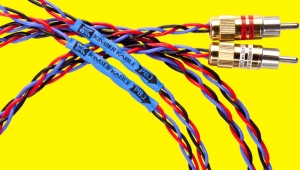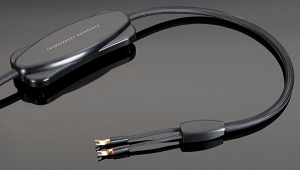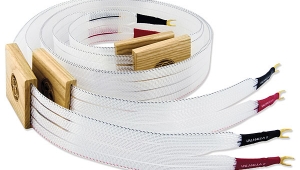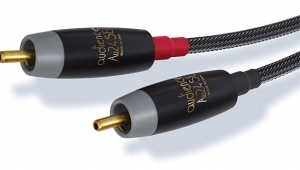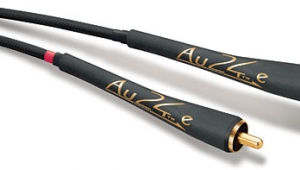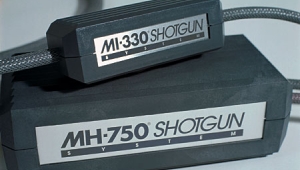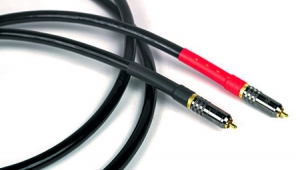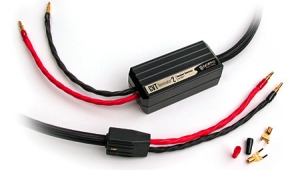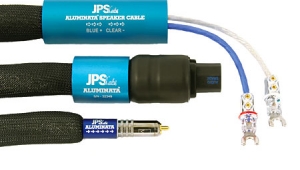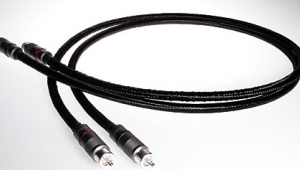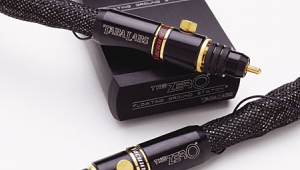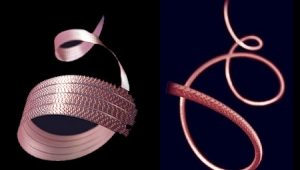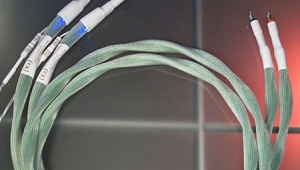| Columns Retired Columns & Blogs |
I like that you could hear a difference, but not sure what your reference was.
What grounding scheme were you using prior to the QKore, and, I guess, which other grounding products were you comparing it to?
If none, then I would be wary of the conclusion, because that would become a comparison of grounding vs. not grounding, which all audiophiles know is a crucial sound issue.
If you ended up sending the product back and not keeping it, I would recommend a Google search for "start grounding," as I have found that to be a superlative grounding approach.
I enjoyed the show report, I saw this product was in use in their display room, I wonder what their ultimate ground "anchor" was way up in that high rise!
Cheers, Jason!
